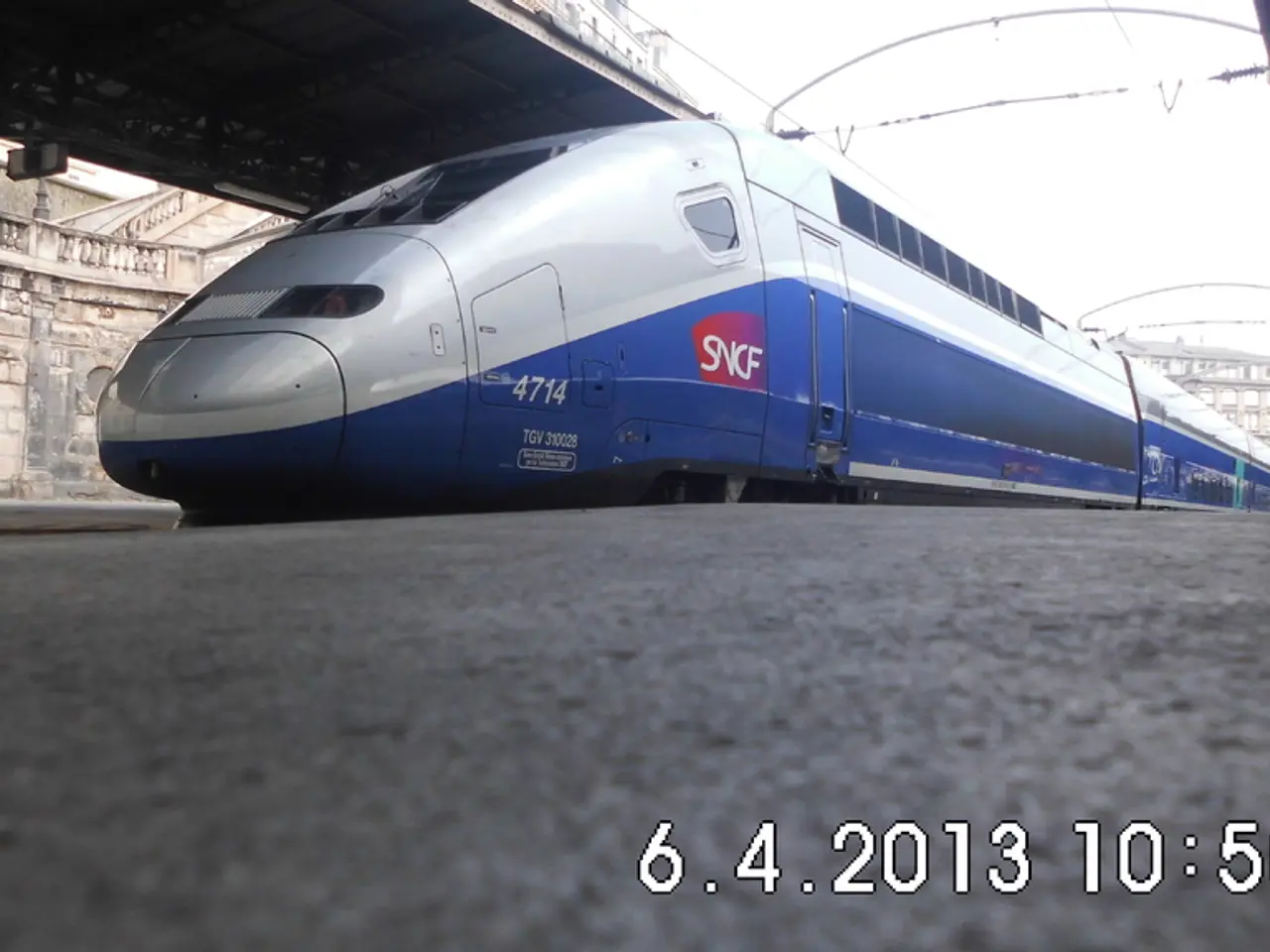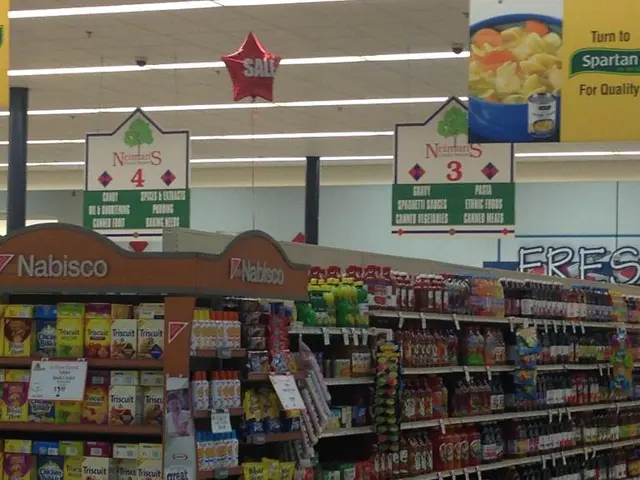High-Speed NextGen Acela Trains Offer Faster Journey and Additional Seats, Amid Uncertainty in the Future of American Rail Travel
The Northeast Corridor is about to witness a significant change with the introduction of the NextGen Acela trains. Originating from France's acclaimed TGV design, these high-speed electric trains are set to travel up to 160 mph, surpassing the current Acela fleet's speed limit of 150 mph.
Manufactured by the French firm Alstom, the NextGen Acela trains are being produced in their facility in the southern part of New York. The project involves 28 trains designed to replace the existing Acela fleet, aiming to improve the travel experience and reduce emissions.
The NextGen Acela is not just a faster train; it is also more efficient. Its lightweight design allows for faster acceleration and lower energy consumption. This efficiency is expected to significantly reduce the environmental impact of rail travel on the Northeast Corridor.
The new Acela has been in the works for several years, facing delays along the way. Despite these challenges, the trains are now scheduled to start operations on Aug. 28, 2025.
The original Acela Express, launched in 2000, marked a new era of high-speed rail in the US. Between New York and Boston, Acela's share increased from 20% to 75%, attracting business travelers away from regional airlines. However, Acela's journey has not been without its challenges. The trains have faced design problems and mechanical faults, including cracked yaw dampers and brake discs.
The new Acela, a symbol of Amtrak's commitment to improving rail travel, comes at a time of change for the company. Amtrak's CEO, Stephen Gardner, resigned in March 2025, and Amtrak's White House champion, railfan-in-chief Biden, has been replaced by Donald Trump. Amidst these changes, Amtrak has also had to contend with a chaotic year that disrupted operations due to downed wires, busted circuit breakers, and brushfires.
Despite these challenges, the NextGen Acela is set to begin operations, offering passengers a more efficient, comfortable, and environmentally friendly travel experience. Each NextGen train can seat 82 more passengers than its predecessor, increasing Acela service capacity by 4,728 seats when the full fleet enters service.
The unveiling of the US$1.9 trillion infrastructure plan by former President Joe Biden in 2021 highlighted the importance of investing in high-speed rail. The location for the plan's unveiling was Philadelphia's 30th Street Station rail yard, where a prototype of NextGen Acela was presented.
As America's love-hate relationship with fast trains dates back to October 1964, when Japan opened its Shinkansen high-speed line, the NextGen Acela represents a significant step forward for US rail travel. Rail writer Joseph Vranich described Acela as both "Amtrak's crown jewel" and a "remarkable fiasco." With the introduction of NextGen Acela, it seems Amtrak is striving to turn that fiasco into a success story.
Read also:
- Peptide YY (PYY): Exploring its Role in Appetite Suppression, Intestinal Health, and Cognitive Links
- Toddler Health: Rotavirus Signs, Origins, and Potential Complications
- Digestive issues and heart discomfort: Root causes and associated health conditions
- House Infernos: Deadly Hazards Surpassing the Flames







